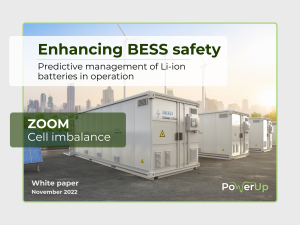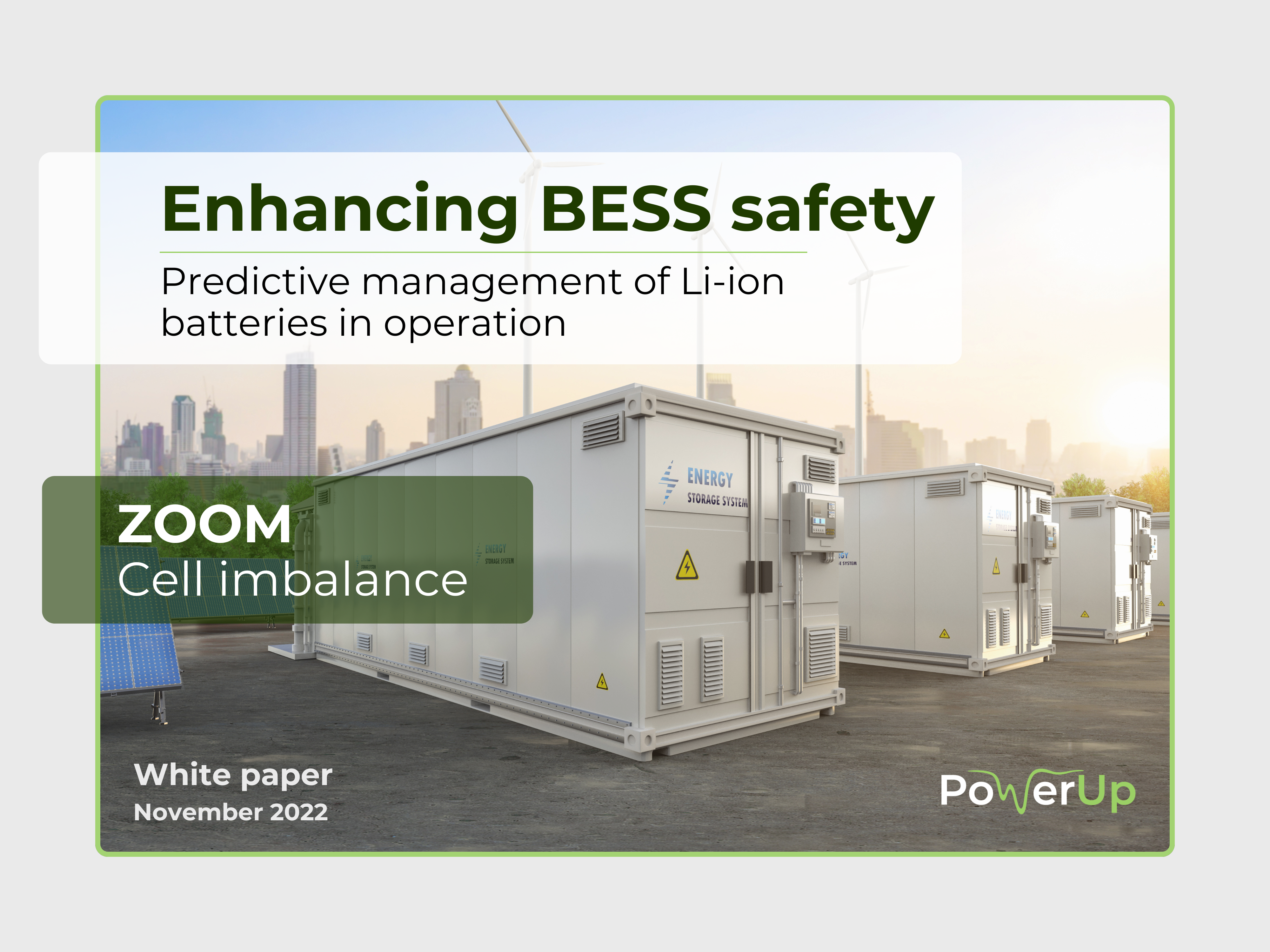In the dynamic landscape of energy storage, the commissioning phase of BESS marks a pivotal juncture
in an asset’s lifecycle. This critical period bridges the gap between design and operational deployment, embodying the transition where responsibilities are transferred from developers to operators. Yet, despite its importance, this stage often witnesses crucial elements overlooked, potentially compromising the future of operations.
The first couple of years are really key when you’re running a BESS —actually, about 60% of safety issues happen in the first two years, according to the EPRI, a timing that suggests these issues are more related to suboptimal installation than to ageing. That’s why the commissioning phase is so crucial, it’s about laying down a solid foundation to catch and mitigate potential problems before they escalate.
On top of that, the financial implications during this initial phase are significant. Consider this: last year in Texas, the leading U.S. state for battery storage capacity, an astounding 50% of all battery energy storage revenues were generated in just 13 days (source: ERCOT ISO, Modo Energy).
What exactly are those suboptimal setups that should be avoided ? Where do we see the most issues arising from ? How can these issues & challenges be overcome to ensure the robustness and profitability of energy storage systems?
Discover crucial insights and essential checkpoints for operators and owners navigating the Commissioning phase. Learn how advanced battery analytics tackle these challenges head-on, providing vital solutions and actionable insights.

White Paper
Discover how advanced battery analytics empower BESS operators to tackle commissioning challenges with precise, actionable insights.



